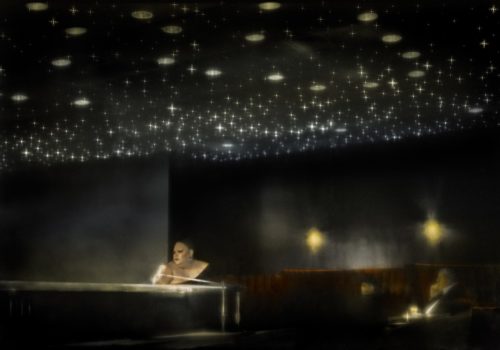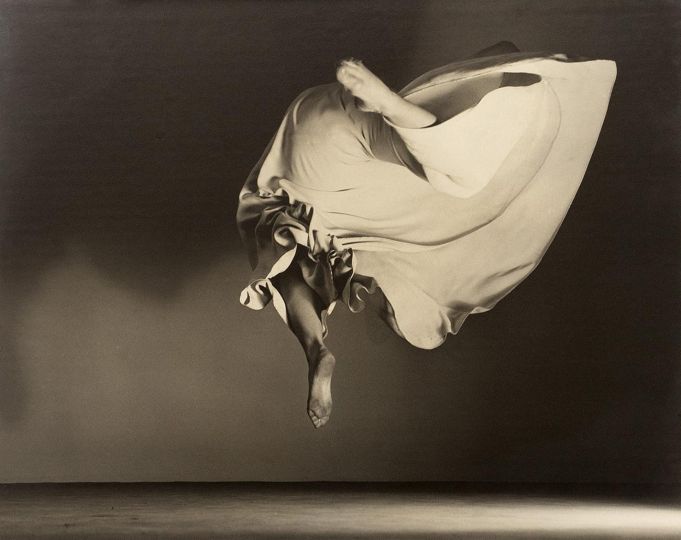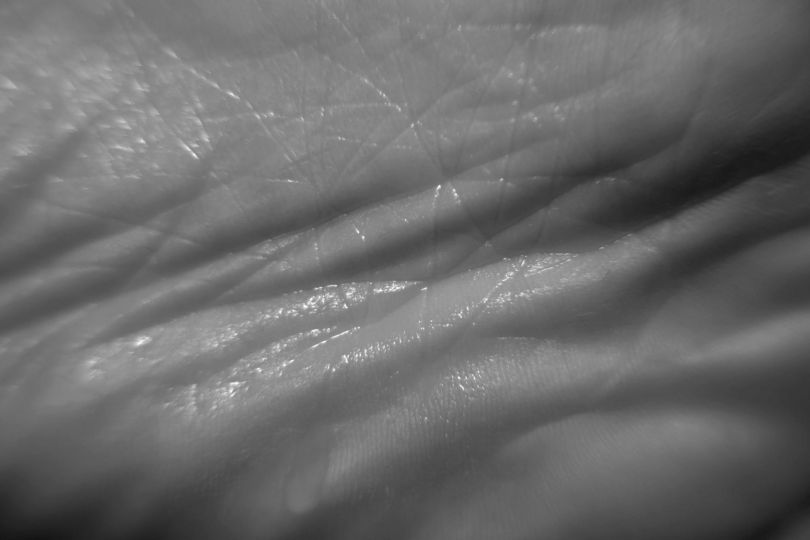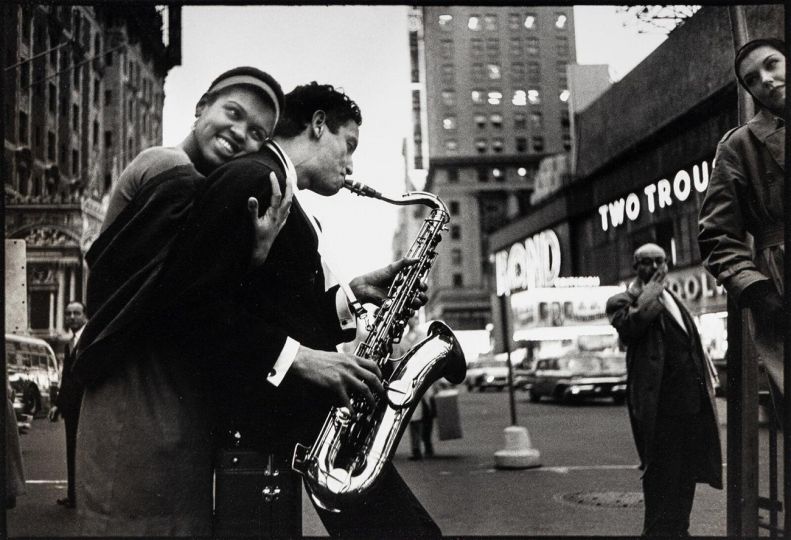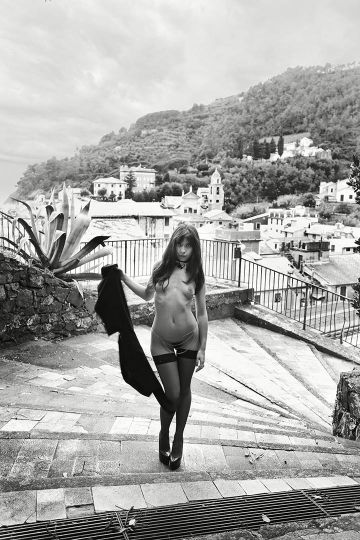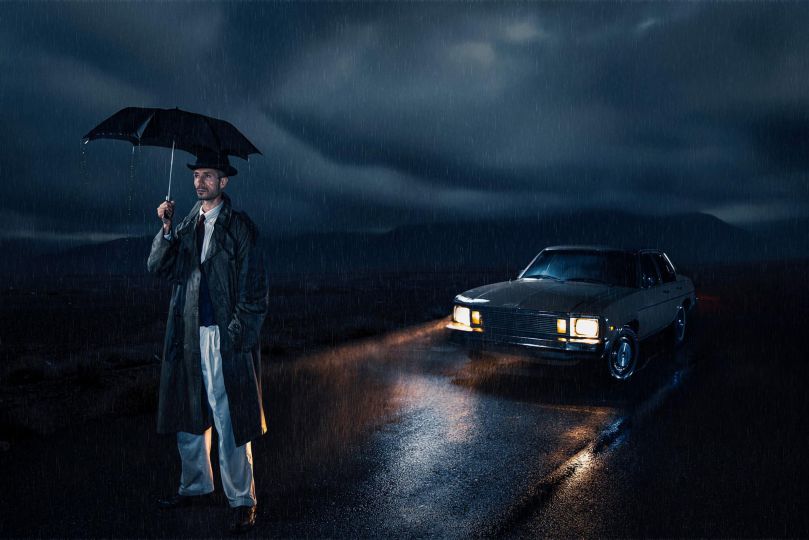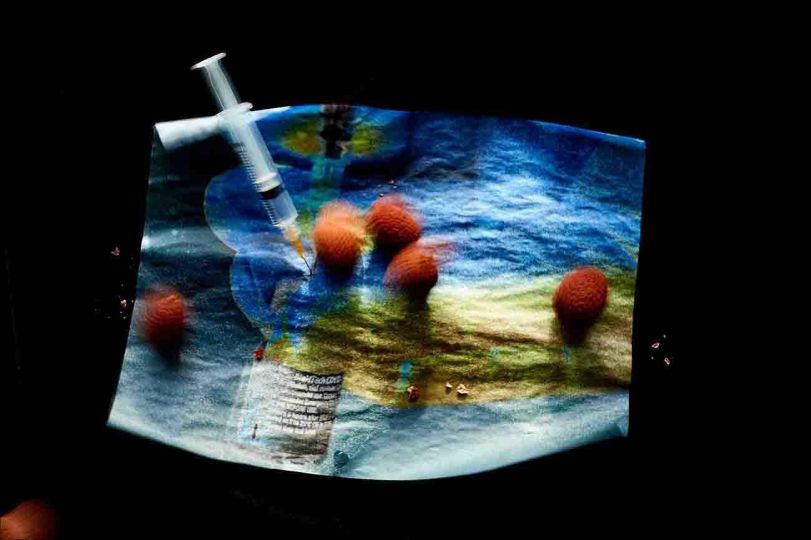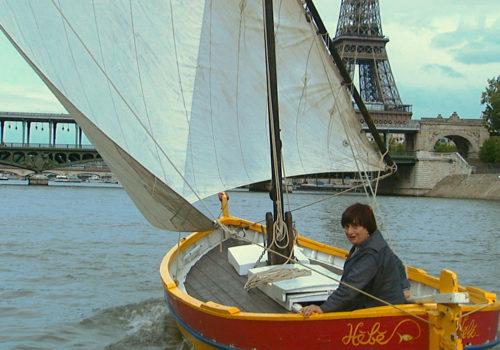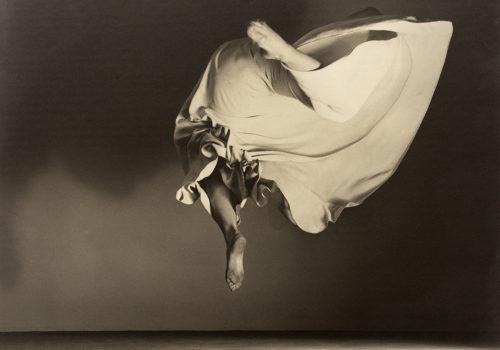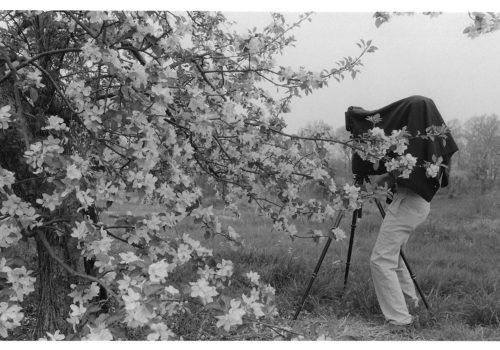Emotionally evocative and painterly in execution, American fine art photographer Rocky Schenck’s photographs invite viewers to enter an otherworldly realm where reality becomes a dream landscape haunted by paranoia, isolation, longing, beauty, betrayal, fear, humor, and death. The author John Berendt describes Schenck’s photographs as stills “taken from a movie that exists not on film but rather in one’s memory, with all the fuzziness typical of remembered impressions.”
Complimenting his signature black-and-white dreamscapes, The Recurring Dream, published by University of Texas Press, introduces a new series of color images that Schenck creates by hand tinting black- and-white prints with color oil paint—a practice dating back to the Victorian era that makes each individual print unique.
Schenck’s images explore psychological, metaphysical, and pictorial worlds, ranging from suggestive landscapes to scenes of people dwelling in various “found realities” and the occasional manufactured reality. Inspired by Schenck’s rich dream life, the images insinuate subtle narratives that entice viewers to create stories in their own imaginations. Six of the images in the book feature one of Schenck’s favorite muses, Frances Bean Cobain.
The Recurring Dream includes a foreword by William Friedkin who has used Schenck’s photographs as massive sets in his productions of the operas The Makropulos Affair by Czech composer Leoš Janáček and the Béla Bartók classic Bluebeard’s Castle. In his text, Friedkin discusses Schenck’s early artistic influences, that include cinematography greats Greg Toland (Citizen Kane) and Karl Freund (Metropolis, Dracula, Camille), painter Edvard Munch, and the early twentieth-century photographer George Seeley. He writes that Schneck’s “technical skills match his imagination. These pictures are as suggestive of painting as they are of photography. To me, they’re reminiscent of Max Ernst and René Magritte but totally original.”
In the afterword, Schenck describes his approach to his art: “I don’t rejoice in the idea of placing my personal demons on parade or of sharing my revelatory, cathartic experiences, my innermost thoughts, or my day-to-day meanderings. Except when it comes to photography … whenever times are rough or I’m straying too far off the road of reality, I turn to my camera and find my clarity, my focus. As long as I am capable of shooting a photograph that illustrates what I am experiencing in my heart, in my emotions, in my delusions and paranoia, and in my dreams, I know everything will be absolutely fine.”
Rocky Schenck, The Recurring Dream
University of Texas Press, September 2016
160 pages; 141 color photographs
$50 US/£38.00/$75 CN
http://utpress.utexas.edu/

